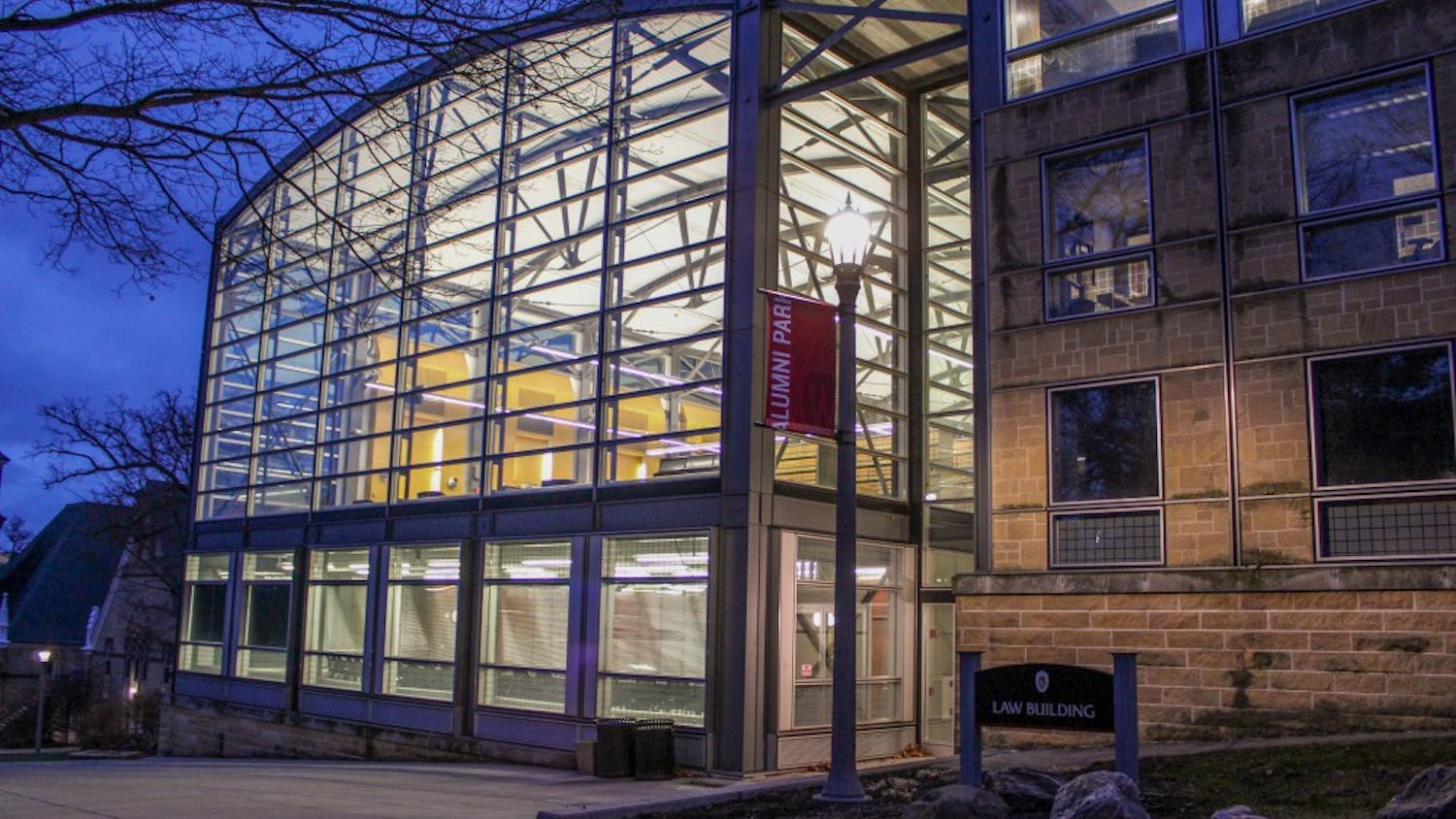What will likely become the world's largest scientific instrument successfully passed the first round of its construction Tuesday from 1.5 miles beneath the surface of Antarctic ice, thanks in part to UW-Madison.
The \instrument"" is in fact a giant neutrino telescope named IceCube. Scientists from a variety of universities including UW-Madison designed and oversaw the telescope's construction while the National Science Foundation finances it.
The Wisconsin Alumni Research Foundation is also responsible for contributing significant funds to the National Science Foundation to help finance the $272 million telescope.
""UW-Madison's participation in this project has benefited significantly from the willingness of Wisconsin's Congressional delegation to understand and support the science behind it,"" Chancellor John Wiley said. ""The deployment of the first IceCube string is the culmination of years of work to ensure that the telescope would be built.""
The IceCube string is how the telescope will conduct its research of tiny, high-energy neutrino particles. For the telescope's construction, a unique hot-water drill will make at least 70 1.5-mile deep holes in the Antarctic ice. Long strings of volleyball-sized optical detectors-4,200 inches all-will then be frozen in place in the holes to detect neutrino activity.





